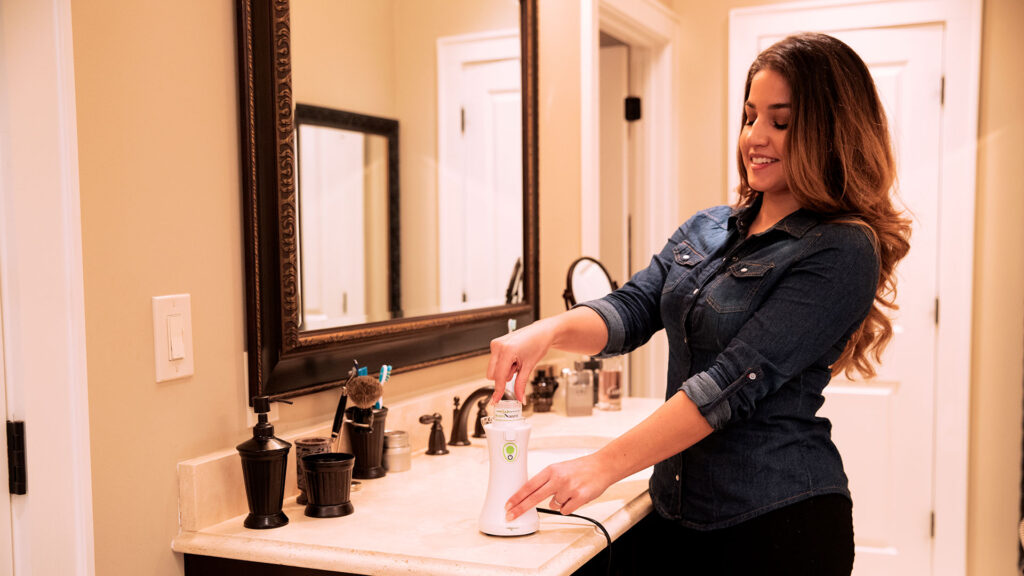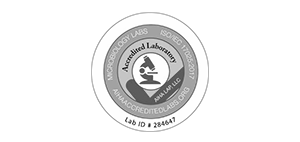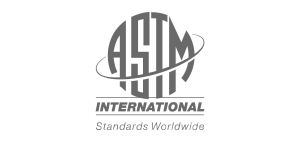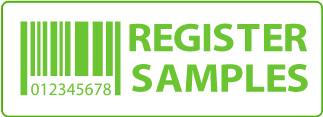
Mold in Bathrooms: Learn the Dangers and How to Prevent It
Mold and mildew thrive in humid, dark places – like bathrooms – making the environment an ideal habitat for their growth.
Preventing mold and mildew growth takes minimal effort; all it requires is proper ventilation, regular cleaning and using a dehumidifier to control household humidity. By taking these preventive steps, condensation on windows and walls should also decrease significantly.
Learn the dangers and
1. Remove Moisture
Mold growth can be avoided by eliminating excess moisture. Molds tend to thrive on porous materials like wood and paper that absorb and hold onto water; they may also thrive on surfaces like carpet, ceilings and walls that absorb it.
Installing and using a bathroom fan every time you take a shower or bathe can help decrease humidity in your home, and placing a humidifier can further help.
Frequent washing of rugs, mats and towels can help combat mildew and mold growth. Furthermore, after showering it’s important to dry off loofahs and sponges thoroughly after each use and crack open a window for air circulation purposes after taking your shower – both measures that will help lower humidity.
If you notice damp areas on the walls, floors or ceiling, it is wise to have them addressed immediately in order to prevent costly water damage repair and mold growth. Black mold, which is one of the hardest types of mold to eliminate and can exacerbate allergies, asthma and respiratory conditions like COPD; leading to runny noses, sore throats and coughing fits.
Bleach spray can be an effective way to eliminate mold stains on nonporous surfaces such as grout. Simply apply a thick coat, allow it to set for several minutes, then scrub away with a toothbrush or sponge. Multiple applications may be needed before the stains have been completely eliminated – for specific products with set timeframes please follow their directions closely.
2. Clean the Surfaces
Bathrooms provide ideal conditions for mold and mildew growth, and mold and mildew have long become an eyesore in these spaces. Not only can mold cause unsightliness, but its spores can be dangerous to health causing breathing issues, rashes or other physical issues – with alternaria, aspergillus cladosporium penicillium being among the more popular varieties found therein.
At home, chlorine bleach can help eliminate most household molds in the bathroom. Simply mix a chlorine bleach cleaner with water and spray onto areas afflicted by mold; scrub surfaces using a brush or sponge afterwards and rinse. Alternatively, for an environmentally-friendly option try mixing some with baking soda to form a paste and applying to areas covered with mold for 10 minutes or so before scrubbing off and rinsing again with a brush before cleaning as above.
Frequent washing of rugs, mats, towels and shower curtains will help combat mold growth. Make sure they dry completely after each use; if they don’t dry fully after being washed then perhaps its time for replacement. Furthermore, regular use of an antifungal surface cleaner like Clorox Antifungal may help wipe down walls and ceilings effectively and air out your space to allow any disturbed mold spores to escape during cleaning sessions.

3. Clean the Air
Mold spores thrive in high humidity environments such as bathroom ceilings. Additionally, dimly lit spaces such as basements can harbor mold spores. Mold can be especially hazardous to people suffering from allergies or respiratory illnesses like asthma. If you think you have mold you can use our air mold test kit to confirm whether you do or not.
Black mold (Stachybotrys chartarum) is a type of mildew found on nonporous surfaces in bathrooms. It typically appears dark greenish-black or black in color and emits an unpleasant musty odor that persists for days after exposure to moisture.
To prevent black mold on your bathroom ceiling, the most effective strategy is to eliminate its source of moisture. A dehumidifier can help regulate household humidity levels; washing towels, mats and shower curtains regularly will also reduce moisture that causes mold spores.
Make sure there are no leaks in your faucets, shower or walls – even small leaks may damage the subfloor and lead to moisture problems in the future.
No matter how hard we try, black mold and other types of mildew may still surface in your bathroom despite your best preventive efforts. Use an antifungal surface cleaner like Clorox in combination with sponge, brush or scrubber, sponge to scrub away mold spores from nonporous surfaces like tile and porcelain tile; white vinegar or baking soda may also work just as effectively if bleach isn’t your thing; just be sure to wear gloves and mask while cleaning to avoid breathing in any mold spores; rinse thoroughly afterward with water afterward! If that isn’t enough you might want to contact a mold removal company in your local area. For example Remediation Group is a local mold removal company in Atlanta.
4. Dry the Surfaces
Mold and mildew flourish in areas with moisture present, and bathrooms provide ideal conditions for it to form due to frequent showering, bathing and washing machine usage. As soon as any mold or mildew appears in your bathroom it should be eradicated immediately as breathing in its spores could lead to health issues like respiratory ailments, rashes or allergies – the most frequently found ones include Alternaria, Aspergillus and Chaetomium which can be identified by their green, brown or black colors, fuzzy texture or smell – giving away its presence!
Avoiding bathroom mold is possible through simple measures. Increased ventilation, regularly cleaning fabrics in your home (such as your rug, mats and towels) thoroughly before folding them can all help protect against future outbreaks of this fungus.
Regular shower and bathtub cleanings can be effective ways of keeping a room mold-free. Inspect under sinks and around toilets for any leaks which might lead to water buildup that supports mold growth, while replacing old, worn out paint with that formulated specifically to resist it could also help. Light scrubbing using a scrub brush should help remove mold growth on ceilings; hydrogen peroxide may serve as an alternative natural alternative – just don’t mix it with vinegar as this causes toxic reactions!







